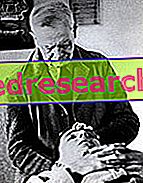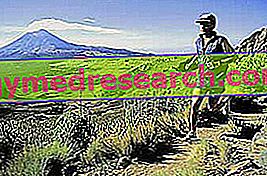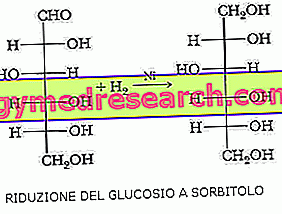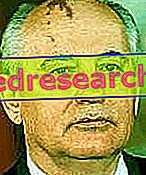Edited by Massimo Armeni
We owe the discovery of this very important branch of natural medicine to Dr. WG Sutherland DO, who was a direct pupil, towards the end of the 19th century, of the founder of Osteopathy, Dr.Still DO
Dr. Sutherland, an American, was not a doctor, but a printer first and then a journalist, and just as a journalist in 1897 he went to the Osteopathy school of Dr. Still to write an article on this science ... he was so impressed by what he saw then decided to abandon everything and become an osteopath
He himself recounts: "... Reflecting on a skull, my attention was drawn to the sphenoid, cut like the scales of a fish, to fulfill movement functions, indicative of the possibility of a respiratory movement .."

Little by little he developed an understanding and a mechanical model that allowed him to realize his intuitions, the "Primary Respiratory Mechanism": "corresponds to the fluctuation of the cerebrospinal fluid, to the motility of the brain and marrow and to the mobility of the bones of the skull and of the sacrum between the iliac bones "will say ..." the bones of the skull and the sacrum function as a functional unit that possesses an involuntary mobility in the phases of the MRP (primary respiratory mechanism) ".
Such ideas met with indifference and hostility in osteopathic colleagues for many years, during which time the Cranial Osteopathy spread also outside of Osteopathy and was also taught to non-osteopaths, and the CranioSacral Therapy was born, an ethically exquisite etymological difference to distinguish it from Osteopathy in the Cranial area.
This method consists of manipulations of the cranial sphere, of the extremely soft bands and pelvis, in the wake of the philosophy of Osteopathy of Dr. Still, but skillfully dosed, administered and above all performed by operators who have a deep knowledge of neuroanatomy and biomechanics and biodynamics Craniosacral.
So many times today I hear of "craniosacral massage" or stuff like that; here is always distrust of these improvised charlatans and contact osteopathic members of the ROI or craniosacral therapists members of the AITECS - ROCS in case you need.
The benefits of the cranial approach to the newborn and the adult are nowadays widely documented and demonstrated.
Today both Osteopaths and Craniosacral Therapists practice this discipline, even though in a study a few years ago on the practice of Osteopathy in America it is estimated that out of 36, 000 osteopaths with a license to practice the profession, less than 500 exercised cranial osteopathy.
In Italy this discipline has not yet been officially associated with traditional medicine as opposed to many other European, Anglo-Saxon and American countries, and, in addition to some schools of osteopathy, there are very few schools that teach it in serious schooling, in accordance with the inheritance leave us by Dr. Sutherland.
Here are the disorders that can be normalized by performing Craniosacral Therapy:
PROBLEMS OF THE RESPIRATORY SYSTEM
ENDOCRINE DISORDERS
JOINT DISORDERS
GYNECOLOGICAL DISORDERS
HEART DISORDERS AND BLOOD VESSELS
SLEEP DISORDERS
DIZZINESS
DIGESTIVE DISORDERS
DISORDERS OF THE STOMATOGNATIC APPARATUS
DISTURBANCES OF VISCERAL FUNCTIONS
CHRONIC PAIN
VISUAL DISORDERS AND THE MIDDLE EAR
PSYCHO-SOMATIC PROBLEMS AND HYPERACTIVITY IN THE CHILD
DISORDERS OF POSTUROLOGICAL ORIGIN
"The artery rule is absolute, but the cerebrospinal fluid commands"
WGSutherland DO



